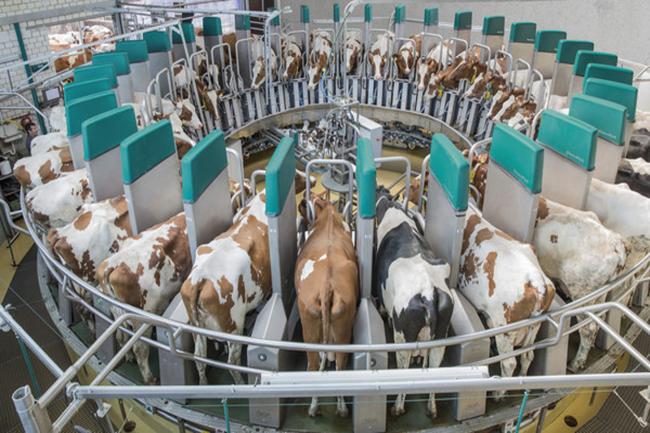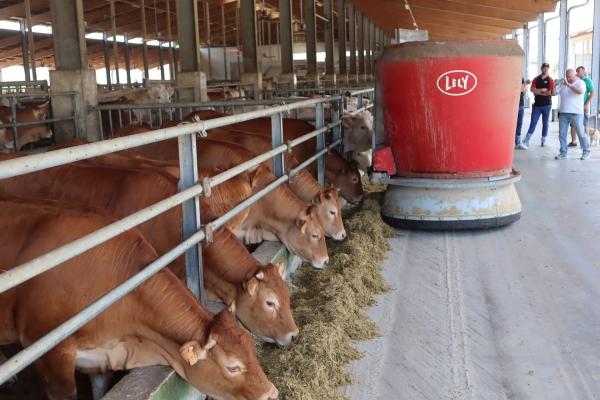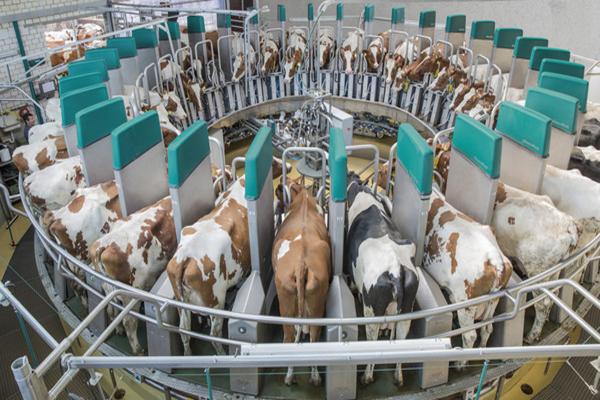Automation of the feeding for cattle farms in Lombardy

Carrying out an evaluation of the conditions of use of the Automatic Feeding Systems (AFS) and of partially automated systems for rationing and ration management operations in some dairy and beef cattle farms in Lombardy. The aim is:
1) make cheap and convenient the introduction of such systems in farms;
2) improve the animal condition to access the delivered feed;
3) improve the efficiency of the unifeed rationing system
Project activities will be divided into three tasks:
1) Preliminary fact-finding survey: analysis of the market, of the available AFS types, of the choosen installation solutions and of the opinion the breeders have on AFS.
2) Definition of the housing models equipped with AFS and their comparison with others based on a conventional unifeed wagon.
3) Monitoring and analysis of the animal farms already equipped with AFS to highlight the economic, production performance and animal welfare aspects achievable.
4) Feasibility study in companies not equipped with AFS to define the technical and economic design elements. Comparison of before and after AFS installation.
In agriculture, the increase in the use of external labor and the outsourcing of almost all the harvesting jobs to contractors has led agricultural companies towards more entrepreneurial production models. The digitalization of the agro-food sector, the increase in the educational levelof agricultural entrepreneurs and the growth of companies run by young "under 35" people favor the development of more efficient and sustainable production models capable of "producing more with less". Bovine animal husbandry in general adheres to such general framework: the reduction in the number of farms (-28%) and the number of animals raised (-7%) was offset by the increase in the average size of the herds. In dairy farming there are farms with an average size greater than 100 animals/farm. The strong territorial specialization and the peculiarities of the Lombard territory have led to a further increase in the herd up to over 150 heads/farm on average, with a constant search for increasingly efficient production conditions. Meat zootechnics has a valuable share of produced value despite the not always favorable price dynamics and the changes in consumer preferences that reward production models considered more ethical and sustainable. The use of new technologies such as AFS safeguards the valuable aspects of the milk and beef supply chains: in fact, they redistribute the work towards more managerial and supervisory tasks, improve animal welfare (less competition for food, greater freshness of the feed in the manger, greater tranquility of the herd) and reduces the incidence of human errors in the management of the variability of the unifeed ration.
A first expected result of the project will be the identification of useful elementsto improve the efficiency of TMR preparation and distribution (e.g. by using optical systems for in line determination of the chopping length). The project activities will result in the collectyion of the data relating to the variability of the ration which will allow to highlight the causes.
Their identification will allow the issue of guidelines and technical sheets which:
- will identify the best organizational procedures to reduce the heterogeneity of the unifeed fodder ration;
- will provide updated information on the level of food efficiency achievable with unifeed rationing.
The monitoring carried out in dairy farms that will introduce partial automatic systems (i.e. robotic feed pusher, in-line measurement of forage variability with NIR system, in-line measurement of the TMR chopping length) will result in the drafting of guidelines that will support animal farmers to make the best choices aimed at including these innovations in the barn structure.
"The data acquired in farms already adopting fully automatic systems (AFS) will be used for the drafting of guidelines on the introduction of such systems in newly designed barns as well as their integration in already existing ones.
More specifically, this document will address the issues relating to:
- the energy efficiency of the system;
- production performance of animals (dairy and meat);
- use of labor;
- design and structural aspects of the barns (both in the case of design from scratch and the renovation of existing shelters)."
| Titolo/Descrizione | Url | Tipologia |
|---|---|---|
|
Sito web del progetto
|
Sito web
|
|
|
Pagina Facebook del progetto
|
Link ad altri siti che ospitano informazioni del progetto
|
|
|
Video del convegno finale
|
Materiali utili
|

Autofeed: Automazione dell’alimentazione per gli allevamenti bovini della Lombardia
La tecnica unifeed nota anche come TMR (total mixed ration) è un metodo di alimentazione delle bovine che combina prodotti diversi (foraggi, cereali, mangimi proteici, minerali…
